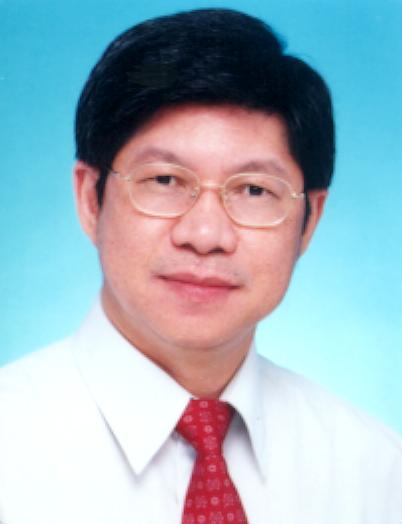| Session Chair:
 Dr Hock Soon Seah Dr Hock Soon Seah
School of Computer Engineering, Nanyang Technological University
Is there a future for Classical Animation?
Animation has come a long way. With rapid development of computer technology, animation has been widely applied in various applications from medical science to entertainment. The various genres of filmmaking include computer generated visual effects shots onto live action footage, fully animated classical (also known as 2D or traditional) or 3D film.
Currently, 3D animation is flourishing. Generally speaking, 3D animation is enjoying more attention than its cousin, classical animation. Computer tools available today enable us to create realistic 3D imagery with much less effort than the classical method. Many production studios are therefore quickly embracing 3D technology.
Will classical animation be replaced by 3D animation? This special session on Classical Animation will examine 2D animation and its future. Artists are invited to present their experiences and views on 2D animation. Researchers are invited to present their current works on automating the processes of 2D animation.
Biography
: Dr Hock Soon SEAH is the Dean of
the School of Computer Engineering at Nanyang Technological
University, Singapore. Concurrently, he had served as the Protem
Chairman of the NTU School of Art, Design and Media from March
2003 to February 2005 to oversee the conceptualisation and
development of the new art school.Seah serves in the Editorial
Board of Computer & Graphics Journal published by Elsevier. Seah
is the Founding President of both the ACM SIGGRAPH Singapore and
the South East Asian Computer Graphics Society (SEAGRAPH). He is
also the Leader of Digital Media Virtual Grid Community under
the Singapore National Grid Office. His current research areas
are in geometric modeling, image sequence analysis with
applications to digital film effects, automatic in-between frame
generation from hand-drawn sketches, augmented reality, 3D
profilometry and advanced medical visualization. He has been the
principal investigator of several research funds with a total
amount of more than $1.4 million. Currently, he is the leader of
the Computational Arts Group whose work on Interactive Free-Hand
Drawing and Animation System won a Bronze Award for the most
outstanding exhibit in the NTU College of Engineering Technology
Week Exhibition in May 2005. He was general co-chair with
Tosiyasu Kunii for the International Conference on Cyberworlds
in 2003 and 2005, general co-chair with Kim Machan for the
Multimedia Art Asia Pacific (MAAP) Conference on New Media Art,
Technology and Education and co-programme chair with Alan
Chalmers for the International Conference on Computer Graphics
and Interactive Techniques (GRAPHITE) in 2004. He holds a
Bachelor degree in Electrical Engineering, a Masters degree in
Computing Science and a PhD degree in Computer Graphics.
|